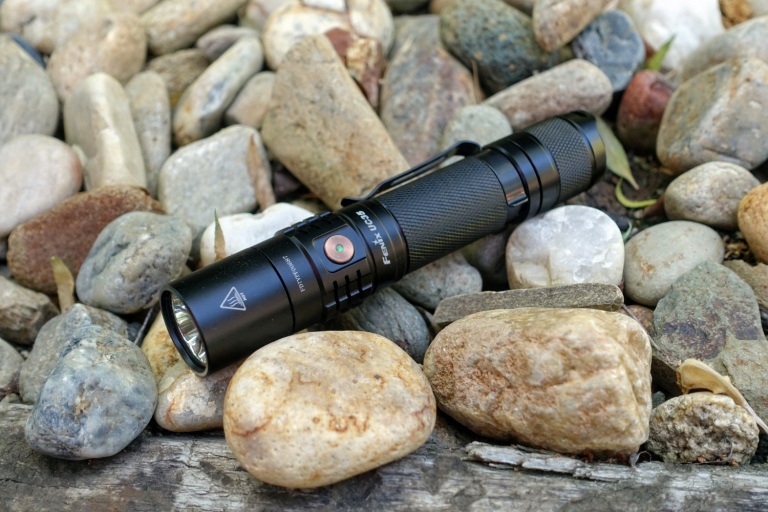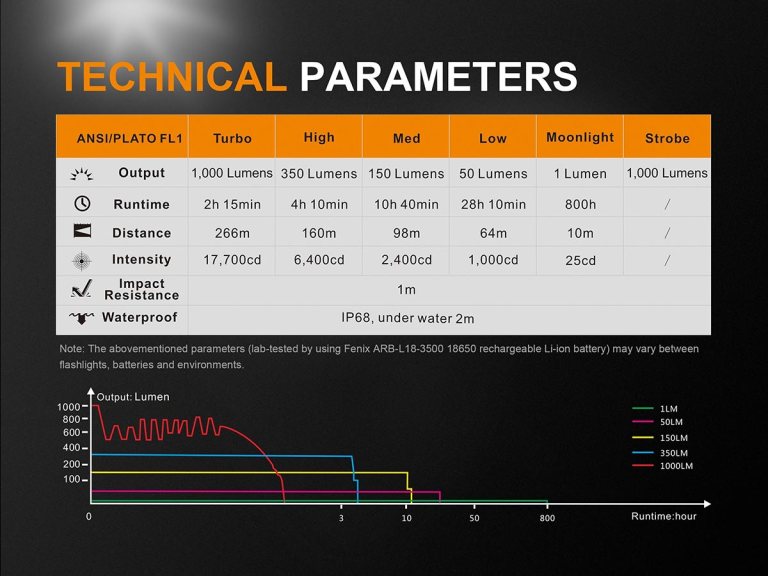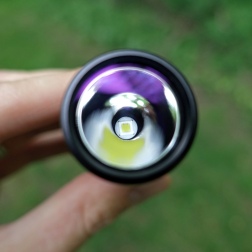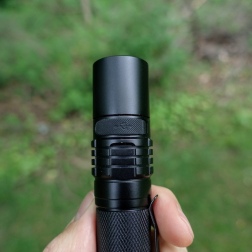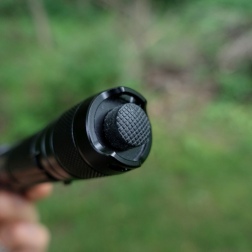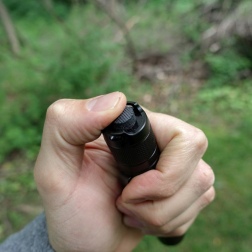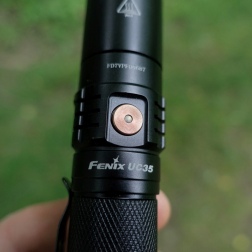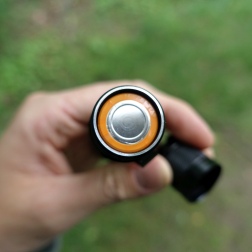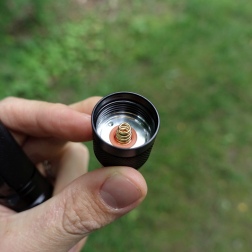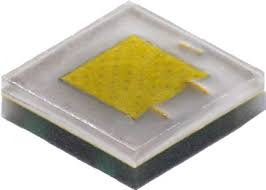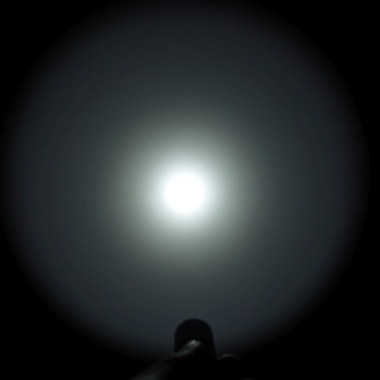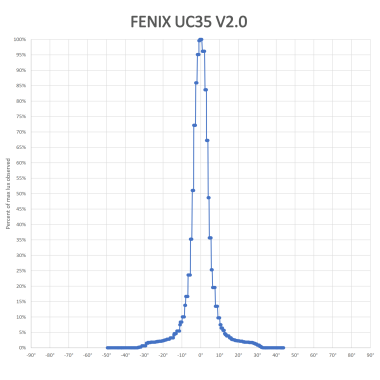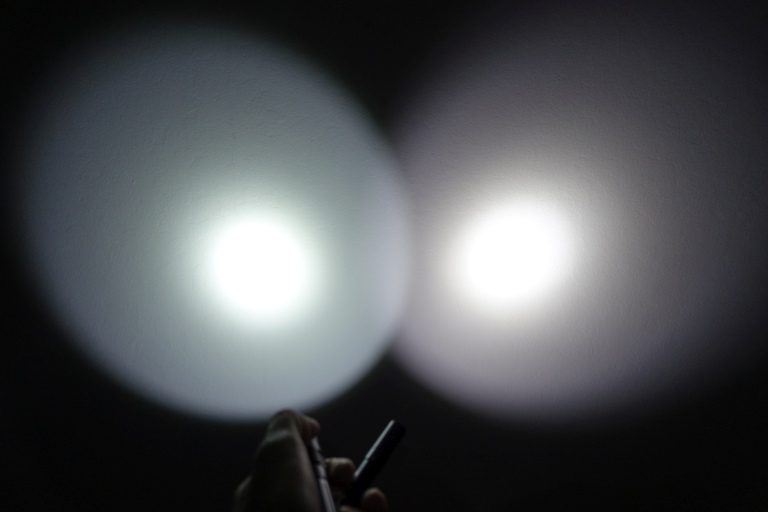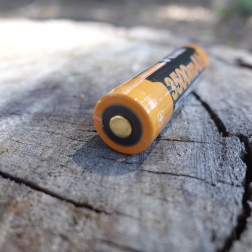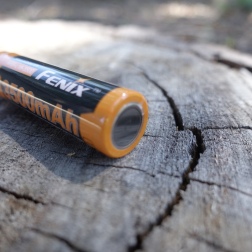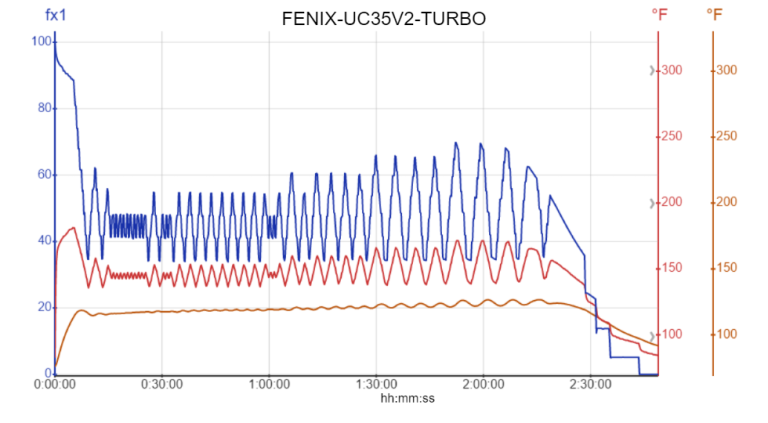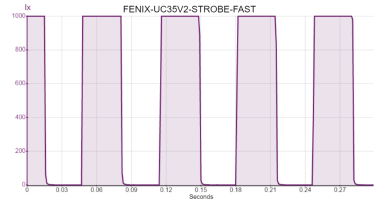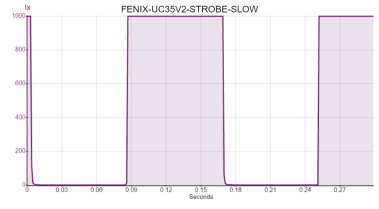Hey everyone! Fenix Store sent me the UC35 V2.0 to test, so I wanted to share my thoughts.
***
The Fenix UC35 V2.0 is a new 1,000 lumen light with USB recharging (battery included) and additional refinements since previous the generation(s) such an ultra low (1 lumen) mode, and is now pocket clip compatible, but the biggest surprise for me is the extra runtime (45 min more on turbo) likely due to new circuitry design or very active temperature control. If you need a solid, single-task, long-lasting, charge-on-the-go light, then say hello to the UC35 V2.0!
Link to manufacture product page: https://www.fenix-store.com/fenix-uc35-v2-0-led-flashlight-1000-lumens/
OVERVIEW
Overall, I’ve enjoyed the the new look and the extended runtime. I also liked the style of USB cover. I was surprised at first that the newest UC was still going to be 1,000 lumens, but this adds to it’s purpose, dedicated workhorse.
QUICK SPECS
FEATURES
OTHER DIMENSIONS
- Length: 5.5” (140mm)
- Body: 0.9” (23.5mm)
- Head: 1.0” (25.4mm)
- Weight: 3.1 oz. (89g) weight excluding batteries
INCLUDED
- UC35 V2.0
- 3500 mAh 18650 cell
- Holster
- Micro USB cable (branded Fenix)
- Pocket clip
- Lanyard
- 2 spare o-rings
- 1 spare tail-switch cover
- Manual
- Warranty card
OPTIONS
This is the only version.
PRICE
Current price is about $90 USD (buy links at the very end of the review)
LOOK & FEEL
OUTSIDE
My first impression of the light is long and sophisticated. Seeing pics of the previous UC30, I’m happy they ditched the colored rubber USB covers as it looks more professional with the new black and slim design. The heat fins are a bit randomly squarish. The diamond knurling is pretty smooth; happy there is also knurling on the tail cap. The pocket clip is not reversible. The light cannot tail stand.
INSIDE
The light opens easily but is not too loose. Since the head is removable you need to remember to keep it tight. The head has physical reverse polarity protection so flat-top cells won’t work, also means that the positive end goes down first. The tail cap has a short wound but pretty beefy spring. No battery rattle, even with non-protected cells.
OPTICS
LED SPECS
Cree XP-L HI V3 (data sheet)
BEAM PROFILE
Fenix does not advertise the angle of main LED but from what I’ve collected it seems to be a 60 total degrees spill with a 20 total degree spot.
The first rectangular graph is cut across the beam and helps a bit better to see what angle the spill starts at as usually it is quite a bit dimmer then the center. It’s quite possible that a very low lumen outer spill might not register using these methods. The percentage is a relative comparison to the brightest light recorded (generally, in the center).
The second, polar graph, is a simulation of the light along the beam.
Currently, these readings are strictly sensor recorded, and are not adjusted based on human perception of light but may be an interesting idea for the future.
TINT
The UC35 V2.0 (left) is generally cool with a yellow/green spot compared to the Nichia 219B led (generally neutral) in the Nitecore MT06MD penlight.
OUTDOOR BEAMSHOT
Taken with the light in TURBO.
POWER
BATTERY
The light includes a non-proprietary 3500 mAh battery, which is pretty awesome. If desired, the light can also run off of two CR123As.
INDICATORS
CHARGING
When the light is charging, the indicator while be steady red. When completed, the indicator will be steady green.
Battery Level
When the battery reached a low level, the indicator will flash red.
CHARGING
This topic has been the most challenging area to measure for the UC35. The information available indicates that the light should charge in about 3.5 hours but my first test resulted in over 10 hours! I did notice when I was setting it up that by removing 1 wire and switching it to an adapter, there was a little more current flow, but not sure how what has occurred to have gotten this poor reading. My guess is that the charging is very sensitive to extra resistance so make sure to plug directly into the power source and not use any extension cables.
Timing the charging just plunged into a USB 3.0 port and timing with a stop watch, I got about 3 hours 45 min.
I manually discharged the battery to test it’s capacity, and I verified that it’s 3,400 mAh. Additionally, low voltage protection kicked in at about 2.4V
PERFORMANCE
NOTES ON METHODS
I measured the light output in relative LUX and I have not spent time yet to calibrated for lumens or factored % of max output. The charts I’ve provided, while are literally quantitative, I suggest using as a qualitative reference for how the output may behave over time; typically lights aren’t left on this long and the max output can be reset.
PWM check using a 50 millisecond test period with a sampling rate of 3,000 times per second.
Temperature measurement condition is at room temp and currently no fan cooling.
I am still somewhat new at doing these types of measurements so I am no authority on on this subject, but please let me know if things don’t look right or you see anything that I could do to improve for next time.
RUNTIME
Turbo is held pretty high for about 5 min before a steep decline over the next 5 min. I didn’t do turbo reset because the temperature regulation was very apparent. Light output is the blue line in the graph below; the red is the out-the-front temp, and the orange is the body temp on the outside of the head. This is the wildest output graph I’ve seen yet but is probably why the light is rated for 2 hours and 15 min on 1000 lumen turbo mode, whereas 45 min to 1 hour is more typical.

TEMPERATURE
It’s plain to see that the light is heavily temperature regulated and follows a step ladder approach. The max body temp observed was 127 degrees F when really pushed. The max out-the-front temp, right in front of the glass, observed was 182 degrees F. To reiterate, light output is the blue line, in the graph above; the red is the out-the-front temp, and the orange is the body temp on the outside of the head.
PWM CHECK
There appears to be no significant PWM on any constant mode.
For comparison, the second graph shows PWM varying from 0 to 120 lx on the LOW mode on the Nitecore R25 flashlight.
STROBES
The strobe alternates between fast and slow flash speed, 15hz (fast) and 6hz (slow) .
FLASHING/BEACON
There is no flashing or beacon mode.
USER INTERFACE
The UI of this light is very practical, with ‘low’ frills features. Use the mechanical forward tactical tail switch for only on/off, and the single-stage electronic side switch for adjusting the modes. There is mode memory but there are no shortcuts to ultra low and turbo. You can lockout the light by slightly unscrewing the tail or head. When the light is turned on there is a battery indicator which appears for a few seconds then disappears. If turned off, the side switch does nothing. Strobe can only be accessed when the light is already on.
CONCLUSIONS
HIGHLIGHTS
- Long runtime
- Active temperature control
- Quick built-in charger
- Sleek USB cover
COMMENTS
- No UI shortcuts to ultra low or turbo
- Cannot access strobe from off
- Cannot use flat-top cells
- Don’t use USB extension chords, may throw charging operations
PURCHASE
The current price for the light is about $90 USD
Fenix Store: https://www.fenix-store.com/fenix-uc35-v2-0-led-flashlight-1000-lumens/
NOTES
Disclaimers:
- CivilGear Reviews received this product for testing and providing an honest review.
- CivilGear Reviews was not paid for writing this review.
